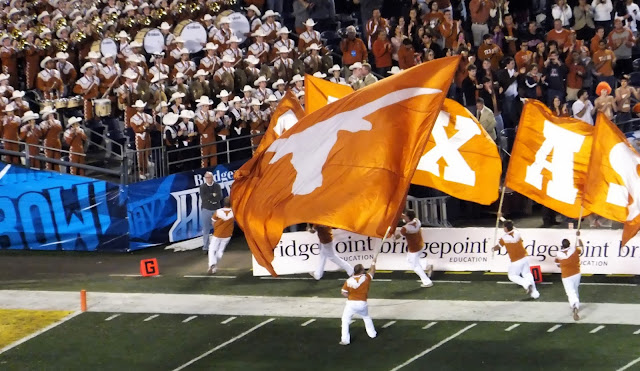From my most recent article for WorldMag.com:
 |
| photo credit: Dinur via photopin cc |
I went to Wheaton College, a small school in Illinois. It is an NCAA Division III school, which means two things: It cannot offer athletic scholarships and its athletic programs, no matter how successful, are not highly lucrative. On average, the football team brings in just over $400,000 in revenue annually. That may sound like a lot of money, but consider that Forbes just announced that the University of Texas is the most valuable football program in the country, worth a whopping $139 million.
I would call that big business, but that’s not quite accurate. Businesses have one-year, three-year, and 10-year plans. College football teams have this-year plans. Deep-pocketed boosters, for the most part, fund the most successful schools, and like donors to any organization, they expect to see their money put to good use. In this case that means wins. Right now. And if the wins aren’t commensurate with the money? Well, they’ll throw more money at the problem.
Football coaches are both the beneficiaries and the victims of this win-now system. In about two-thirds of the 50 states a college football coach is the highest paid state employee. (Remember that employees at public universities are technically employees of the state.) They get paid huge sums to win football games and keep generating those millions in revenue. Sounds like a racket, so where does the victimhood fit in? All those dollars they get paid come with a millstone’s weight of expectations ready to sink them if they fail to meet the boosters’ demands.
. . .
